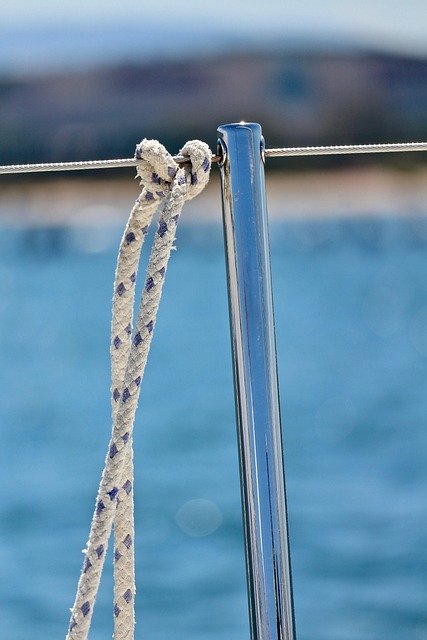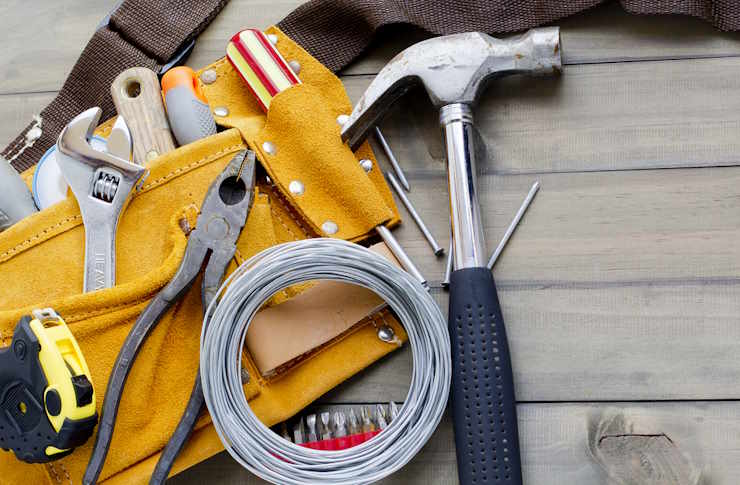Essential maintenance items to extend your vessel's lifespan
Regular upkeep is essential for any vessel to remain safe and seaworthy. This article outlines practical maintenance items and routines that support a longer service life for your boat, covering systems from hullcare to electronics and routine inspections.

Regular, scheduled maintenance helps prevent small issues from becoming costly repairs and supports safer time on the water. For owners involved in marine, maritime, yachting, or sailing activities, focusing on core maintenance items protects value and reliability. The sections below cover practical checks and accessories—fenders, bilge equipment, rigging checks, docklines, winches, anchors, navigation electronics, and hullcare—that collectively extend a vessel’s usable life.
How does routine maintenance protect your marine vessel?
Routine maintenance for marine craft centers on inspection, cleaning, lubrication, and timely replacement of wear items. Regularly check structural fittings, through-hulls, and sacrificial anodes; clean salt and grime from exposed surfaces; and lubricate moving parts. These steps reduce corrosion, prevent water ingress, and limit stress on components. A documented maintenance schedule tailored to your vessel type and local conditions supports consistent upkeep and helps identify patterns before failures occur.
What should you check in bilge and pumps?
A functioning bilge system is critical to onboard safety. Inspect bilge pumps, float switches, and discharge fittings for blockages, corrosion, and secure wiring. Test pumps under load and verify that backup pumps and alarms operate. Keep bilge areas clean and free of debris and treat oily residues with appropriate absorbents. Periodic replacement of hoses and clamps reduces risk of leaks; consider a small, separate hand pump or manual bilge pump as redundancy for emergencies.
How to care for rigging, winches, and docklines?
Rigging, winches, and docklines experience constant mechanical strain. Inspect standing and running rigging for chafe, corrosion, and minute breaks; replace wire or synthetic lines showing wear. Service winches by stripping, cleaning, and re-greasing gears and pawls per manufacturer guidance. Docklines should be sized for your vessel and inspected for UV degradation and abrasion; rotate or replace as needed. Proper splicing and neat stowage reduce wear and extend component life.
What fenders, anchors, and dock gear are essential?
Fenders protect the hull from dock strikes; choose appropriately sized fenders and store them to avoid prolonged UV exposure. Anchors and rode must be inspected for corrosion, bends, and proper shackles; confirm the chain and rope splice integrity and replacement intervals. Keep dock cleats and mounting hardware tight and free from rust. Routine checks of hardware and accessories reduce the chance of a failure during mooring or in changing conditions.
How to maintain electronics and navigation systems?
Electronics and navigation gear require both physical and software upkeep. Clean connectors and ensure heat dissipation for chartplotters, radios, and instruments; protect displays from direct sunlight when possible. Backup navigation tools—paper charts, handheld GPS, and a functioning VHF—are part of redundancy planning. Keep software and chart databases updated, and regularly verify power circuits, fuses, and battery connections to avoid intermittent faults while underway.
How to manage hullcare and onboard safety?
Hullcare combines cleaning, inspection, and periodic protective treatments. Regularly wash and inspect the hull above and below the waterline for blisters, fouling, or damage. Maintain antifouling coatings on a schedule suited to your operating environment; sand and repair small damages promptly to prevent spreading. Safety equipment—life jackets, fire extinguishers, flares, and safety lines—should be inspected per shelf-life recommendations and stored accessibly. Documentation of inspections and repair history supports long-term hull integrity.
Conclusion A systematic approach to maintenance—prioritizing bilge reliability, rigging and deck hardware, fenders and anchoring gear, electronics, and hullcare—reduces unexpected failures and extends a vessel’s lifespan. Consistent inspections, timely replacements, and correct storage of accessories can maintain performance and safety for years of marine, maritime, or sailing use.





